最新新闻
产品分类
最热产品中心
天博体育官网,塑胶跑道修饰词英文版怎么说
Introduction
Plastic tracks are a popular choice for athletic fields and running tracks. They offer a durable and low-maintenance surface that can withstand heavy use and harsh weather conditions. However, when it comes to describing the various components and features of a plastic track, it can be challenging to find the right words in English. In this article, we will explore the different terms used to describe the various aspects of a plastic track, including its surface, texture, color, and markings.
Surface
The surface of a plastic track is the top layer that comes into contact with the athletes' shoes. It is typically made of a synthetic rubber material that is designed to be both sturdy and flexible天博tb综合体育. The surface can be described in several ways, depending on its characteristics.
1. Smooth - A smooth surface is one that is free of bumps, ridges, or other irregularities. This type of surface is ideal for sprinting and other high-speed activities, as it allows for a consistent and predictable stride.
2. Textured - A textured surface, on the other hand, has a slightly rougher texture that provides more traction and grip. This type of surface is better suited for activities that require more lateral movement, such as basketball or tennis.
3. Porous - A porous surface is one that allows water to drain through it, preventing puddles from forming on the track. This is particularly important for outdoor tracks, where rain and other forms of precipitation can create hazardous conditions.
Texture
The texture of a plastic track refers to the way the surface feels underfoot. This can be described in several ways, depending on the specific qualities of the track.
1. Soft - A soft track has a cushioned feel that absorbs impact and reduces fatigue. This is particularly important for long-distance runners, who need to be able to maintain their pace over extended periods of time.
2. Firm - A firm track, by contrast, has a more solid feel that provides a greater degree of responsiveness. This is ideal for sprinters, who need to be able to generate explosive bursts of speed.
3. Resilient - A resilient track is one that bounces back quickly after being compressed. This is important for all types of athletes, as it helps to reduce the risk of injury and fatigue.
Color
The color of a plastic track can be an important factor in its performance and aesthetic appeal. Here are some of the most common colors used for plastic tracks, along with their associated benefits.
1. Red - Red is a popular color for plastic tracks, as it provides high visibility and contrast against the surrounding environment. This can be particularly important for athletes who need to be able to see the track clearly, even in low-light conditions.
2. Blue - Blue is another popular color for plastic tracks, as it provides a calming and soothing effect that can help athletes to stay focused and relaxed.
3. Green - Green is a natural and calming color that can help to create a sense of tranquility and relaxation. This can be particularly beneficial for athletes who are looking to reduce stress and anxiety.
Markings
The markings on a plastic track are used to indicate the different lanes and distances for different events. Here are some of the most common markings used on plastic tracks, along with their associated meanings.

1. Lane markings - Lane markings are used to indicate the different lanes on the track, and to help athletes stay in their designated lanes during races.
2. Start and finish lines - The start and finish lines are used to indicate the beginning and end of a race, and to help athletes time their sprints and pace themselves accordingly.
3. Distance markings - Distance markings are used to indicate the different distances for different events, such as the 100-meter dash or the 400-meter relay.
Conclusion
In conclusion, the language used to describe plastic tracks can be complex and varied, depending on the specific features and components of the track. By understanding the different terms and concepts associated with plastic tracks, athletes and coaches can better communicate their needs and preferences, and make informed decisions about the type of track that will best suit their needs. Whether you are a sprinter, a long-distance runner, or a coach looking to improve your athletes' performance, a clear understanding of the language of plastic tracks is essential for success.


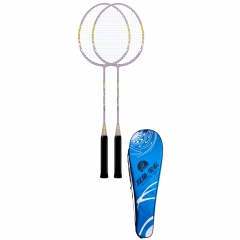
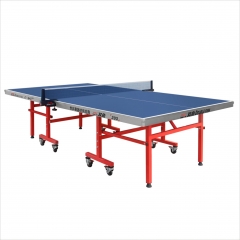
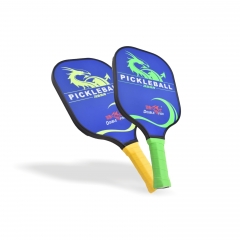
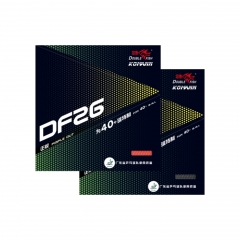
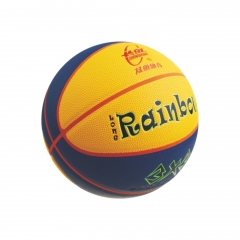
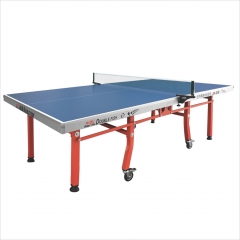









 国内业务:(020) 8888 8888,海外业务:(020) 7777 7777,
售后服务:(020) 6666 6666
国内业务:(020) 8888 8888,海外业务:(020) 7777 7777,
售后服务:(020) 6666 6666